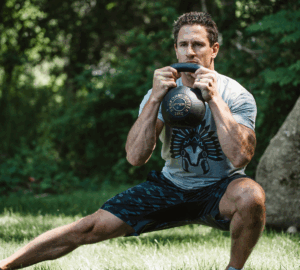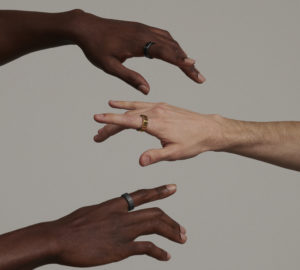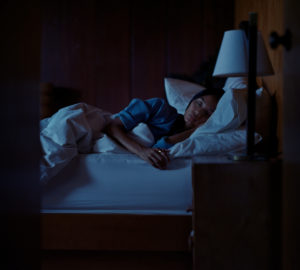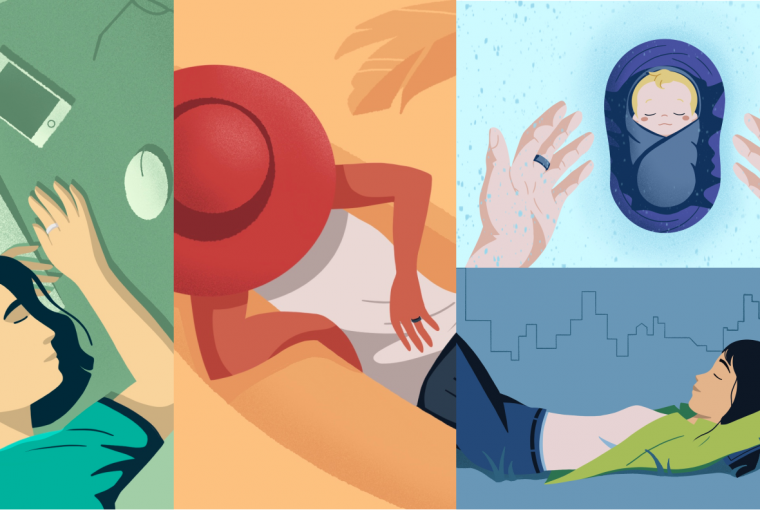We’ve all been there. It’s 2 pm, you just had lunch, loads more to get done, but your body wants a breather. What do you do instead? Fight through the exhaustion, and get some more done even if you have to do it half-heartedly. At least you’re ticking off that list, right?
What if you didn’t have to go through that struggle? What if you just took a nap? Naps, when done right, are a perfect way to take a short mental timeout during the day.
Benefits of Napping
The science is evident on the benefits of napping for physical and mental functioning and productivity. A 30-minute nap is good enough to help regulate emotions and boost performance. Napping also gives your cognitive abilities—attention, learning, problem-solving, creativity, focus, alertness, memory, and wakefulness—an uptick.
Interestingly, a 2015 study demonstrates naps can make up for the health effects of a poor night’s sleep, relieve stress, and strengthen immunity.
As much as napping can be an easily accessible antidote to daytime fatigue, many adults still think twice before doing it. The Pew Research Center reports that only 34% of American adults nap. For some, napping leaves them in a worse situation than before—groggy and sluggish. While for others, napping at work just isn’t cool.
However, it may excite you to know that some cultures take naps seriously, and we’ll be looking at these distinct napping habits and their effects on the individuals of each location.
5 Fascinating Napping Practices
1. The United States & United Kingdom
It’s probably easy to guess that the prevalence of hustle culture in the US and UK has led to the devaluation of napping. If you guessed that was the case, you guessed correctly—and the data backs this up.
In the US and UK, The Oura Community naps a bit less than average with only 15% taking naps.
For reference, in Japan, that number is a whopping 22%.
2. Spain
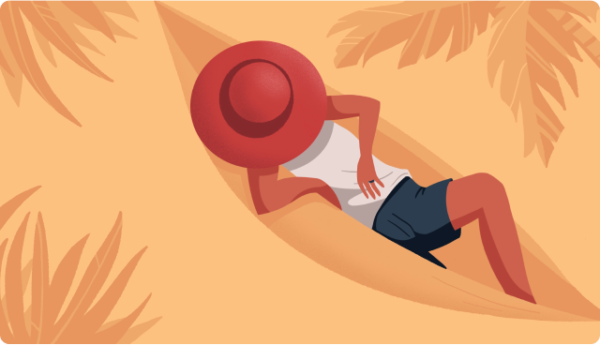
Based on a snapshot from May 17th – May 23rd, Barcelona was the world capital of chill with members of the Oura Community taking, on average, 2 naps per week.
Naptime for people in this region, and other countries in the Mediterranean, is usually six hours after waking up—noontime. Shops and local businesses shut down their doors for a compulsory leisure lunch and nap generally from 2 pm to 5 pm.
According to the BBC, this practice is no longer as widespread as it used to be. However, Ador, in a small town in Valencia, the mayor announced in 2015 a compulsory daily Siesta for the entire city.
Taking a Siesta also has the same benefits to quality of life as napping. But it’s interesting to note that a study on 1175 older adults showed that subjects that habitually took siestas had lower systolic blood pressure levels than the group that didn’t.
3. Italy
In Italy, businesses also close in the afternoon to take their midday break called “The Riposo.” These naps, just like the Siesta, follow lunchtime. It’s the people’s fix for the slump that strikes after a good meal and a way to refill lost energy. And they generally last from 2 to 4 hours.
4. Scandinavian countries
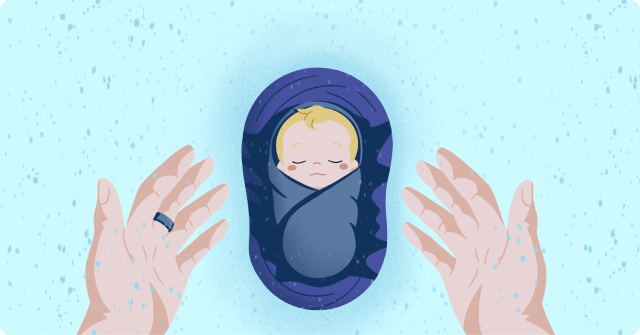
Leaving a baby—as young as two weeks to two years old—out in frigid weather is something that sounds a bit unbelievable. But it’d surprise you to know that parents in Scandinavian countries—Norway, Sweden, Denmark, Finland, and Iceland—leave their babies outside in a stroller during winter to take a nap. They do this every day whenever it’s nap time.
Because of how strange this practice may seem, it’s easy to look down on it as harsh and endangering. It won’t be a first: in 1997, New York Police Officers arrested a Danish woman for leaving her 14 months old daughter outside to take a nap.
Research, however, shows that Nordic parents report only positive experiences with this culture. They claim that this practice boosts their children’s immunity, protects them from catching a cold, and improves their sleep. For some, napping their children outdoors after covering all security risks promotes family wellbeing.
5. China
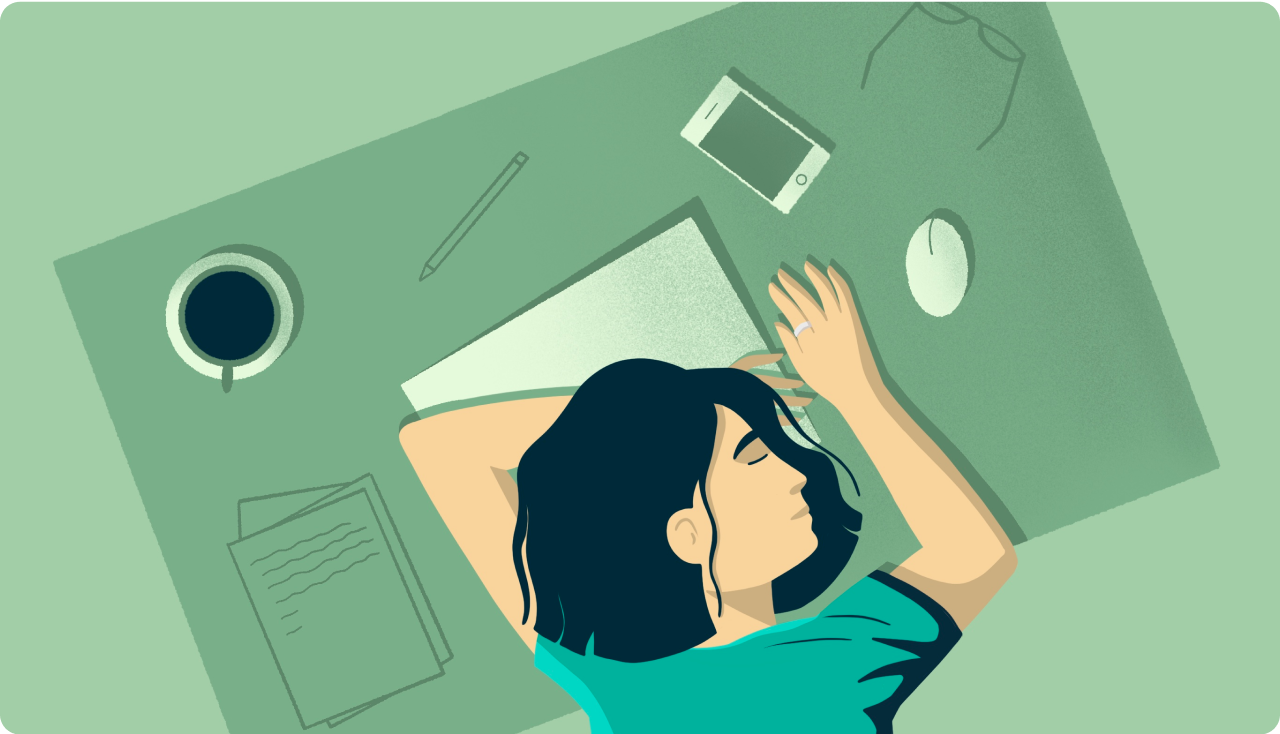
Workplaces in China allow workers to nap at work because of how demanding the job is. Some offices create a “sleeping room” for this purpose. These naps help boost alertness, concentration, performance, and productivity. And they can last from a few minutes to an hour—as long as you get the recharge you need to get right back to work.
This napping culture is sacred in China because they believe rest is necessary to restore mind-body harmony.
How to Take a Nap
Now that you know that napping is good for you, and are aware of countries that own their napping culture, you may want in. But there are basic nap “rules” to follow, so your body thanks you. Let’s go through them by answering the questions: “For whom?” “When?” “How long?” “Where?” and “How often?”
For whom?: It’s not advisable for everyone to take a nap. If you have insomnia or generally have trouble sleeping well at night, napping in the day may worsen your condition.
When?: Taking a nap when you notice a dip in energy levels is the right thing to do. Usually, that’s between 1 pm and 3 pm. Snoozing hours after that may affect nighttime sleep.
How long?: With napping, duration matters. A lot. Studies say 10 to 20 minutes is the perfect nap length. Napping for less than 10 minutes can’t guarantee you the stimulating effects of napping. And snoozing for 30 minutes or more may send you into that deep sleep zone, making it harder for you to wake up. And when you do, you’ll wake up grumpy because your body wants more.
So before you start your nap, you may want to set the alarm.
Where?: Your best bet is a comfy place. You may have to create that sleep-friendly environment for yourself if you’re at work. Generally, you’d want somewhere cool, isolated, and with little light and noise. Your car (with the AC turned on) is a good option. Then turn off all distractions – yes that means your phone.
How often?: Napping at the same time and same place every workday primes your body to get better at the habit. You’ll not only fall asleep more quickly, but you’ll also learn to wake up without an alarm.
If you’ve tried these tips, and you still can’t regularly get a good nap, then it’s okay to ditch the idea. Meditation, listening to calm music, taking a walk, or watching an episode of your favorite sitcom are great alternatives for relaxing. By now, you’d agree that nothing’s weird if it works.
Resources
1. A;, Tourula M;Pölkki T;Isola. “The Cultural Meaning of Children Sleeping Outdoors in Finnish Winter: a Qualitative Study from the Viewpoint of Mothers.” Journal of Transcultural Nursing : Official Journal of the Transcultural Nursing Society, U.S. National Library of Medicine, pubmed.ncbi.nlm.nih.gov/23341404/.
2. Brooks, Amber, and Leon Lack. “Brief Afternoon Nap Following Nocturnal Sleep Restriction: Which Nap Duration Is Most Recuperative?” OUP Academic, Oxford University Press, 1 June 2006, academic.oup.com/sleep/article/29/6/831/2708239?login=true.
3. Cai, M, et al. “Siesta Is Associated with Reduced Systolic Blood Pressure Level and Decreased Prevalence of Hypertension in Older Adults.” Nature News, Nature Publishing Group, 2 July 2015, www.nature.com/articles/jhh201570.
4. Faraut, Brice, et al. “Napping Reverses the Salivary Interleukin-6 and Urinary Norepinephrine Changes Induced by Sleep Restriction.” OUP Academic, Oxford University Press, 1 Mar. 2015, academic.oup.com/jcem/article/100/3/E416/2839988.
5. “It’s Time to Put the Tired Spanish Siesta Stereotype to Bed.” BBC Worklife, BBC, www.bbc.com/worklife/article/20170609-its-time-to-put-the-tired-spanish-siesta-stereotype-to-bed.
6. J;, Tourula M;Isola A;Hassi. “Children Sleeping Outdoors in Winter: Parents’ Experiences of a Culturally Bound Childcare Practice.” International Journal of Circumpolar Health, U.S. National Library of Medicine, pubmed.ncbi.nlm.nih.gov/18767347/.
7. Liu, Yang. “Why Chinese People Always Take a Noon Time Nap.” Go Abroad China, 26 June 2019, goabroadchina.com/why-chinese-people-always-take-a-noon-time-nap/.
8. McCrum, Kirstie. “A Town Is Passing a Law Which Requires Residents to Sleep for 3 Hours a Day.” Mirror, 17 July 2015, www.mirror.co.uk/news/weird-news/afternoon-shutdown-siesta-made-compulsory-6085231.
9. McDevitt, Elizabeth A, et al. “The Impact of Frequent Napping and Nap Practice on Sleep-Dependent Memory in Humans.” Scientific Reports, Nature Publishing Group UK, 10 Oct. 2018, www.ncbi.nlm.nih.gov/pmc/articles/PMC6180010/.
10. “Mother Who Left Baby Outside New York Restaurant in 1997 Says Arrest Was Unjust.” The Guardian, Guardian News and Media, 26 Nov. 2017, www.theguardian.com/us-news/2017/nov/26/anette-sorenson-denmark-new-york-baby-left-outside.
11. Rasi H;Kuivila H;Pölkki T;Bloigu R;Rintamäki H;Tourula M; “A Descriptive Quantitative Study of 7- and 8-Year-Old Children’s Outdoor Recreation, Cold Exposure and Symptoms in Winter in Northern Finland.” International Journal of Circumpolar Health, U.S. National Library of Medicine, pubmed.ncbi.nlm.nih.gov/28346080/.
12.“Sleep and Behavioral Correlates of Napping Among Young Adults: A Survey of First-Year University Students in Madrid, Spain.” Taylor & Francis, www.tandfonline.com/doi/abs/10.3200/JACH.57.2.150-158.
13. SoraNews24. “Study Once Again Ranks Japan as the Country That Sleeps the Least.” Japan Today, japantoday.com/category/features/lifestyle/study-once-again-ranks-japan-as-the-country-that-sleeps-the-least.
14. Taylor, Paul. “Nap Time.” Pew Research Center’s Social & Demographic Trends Project, Pew Research Center, 30 May 2020, www.pewresearch.org/social-trends/2009/07/29/nap-time/.
15. Tourula M;Fukazawa T;Isola A;Hassi J;Tochihara Y;Rintamäki H; “Evaluation of the Thermal Insulation of Clothing of Infants Sleeping Outdoors in Northern Winter.” European Journal of Applied Physiology, U.S. National Library of Medicine, pubmed.ncbi.nlm.nih.gov/20949360/.
16. Traced by: Louise Bendixen Share this page on: et al. “Would You Let Your Baby Nap Outside?” Would You Let Your Baby Nap Outside? | The Nordics, thenordics.com/trace/would-you-let-your-baby-nap-outside.
17. “What Countries Have a Siesta?” Reference, IAC Publishing, www.reference.com/world-view/countries-siesta-f41c928306d86d2a.
